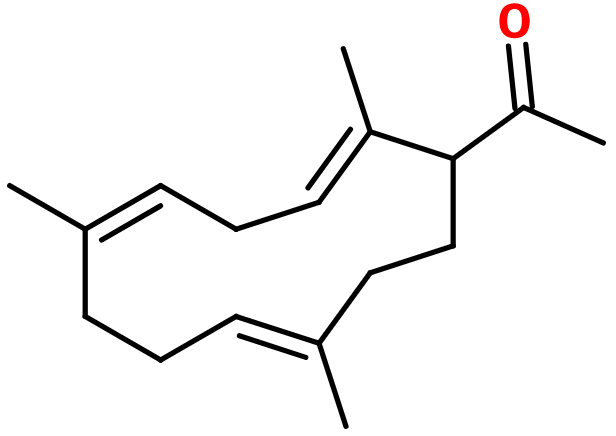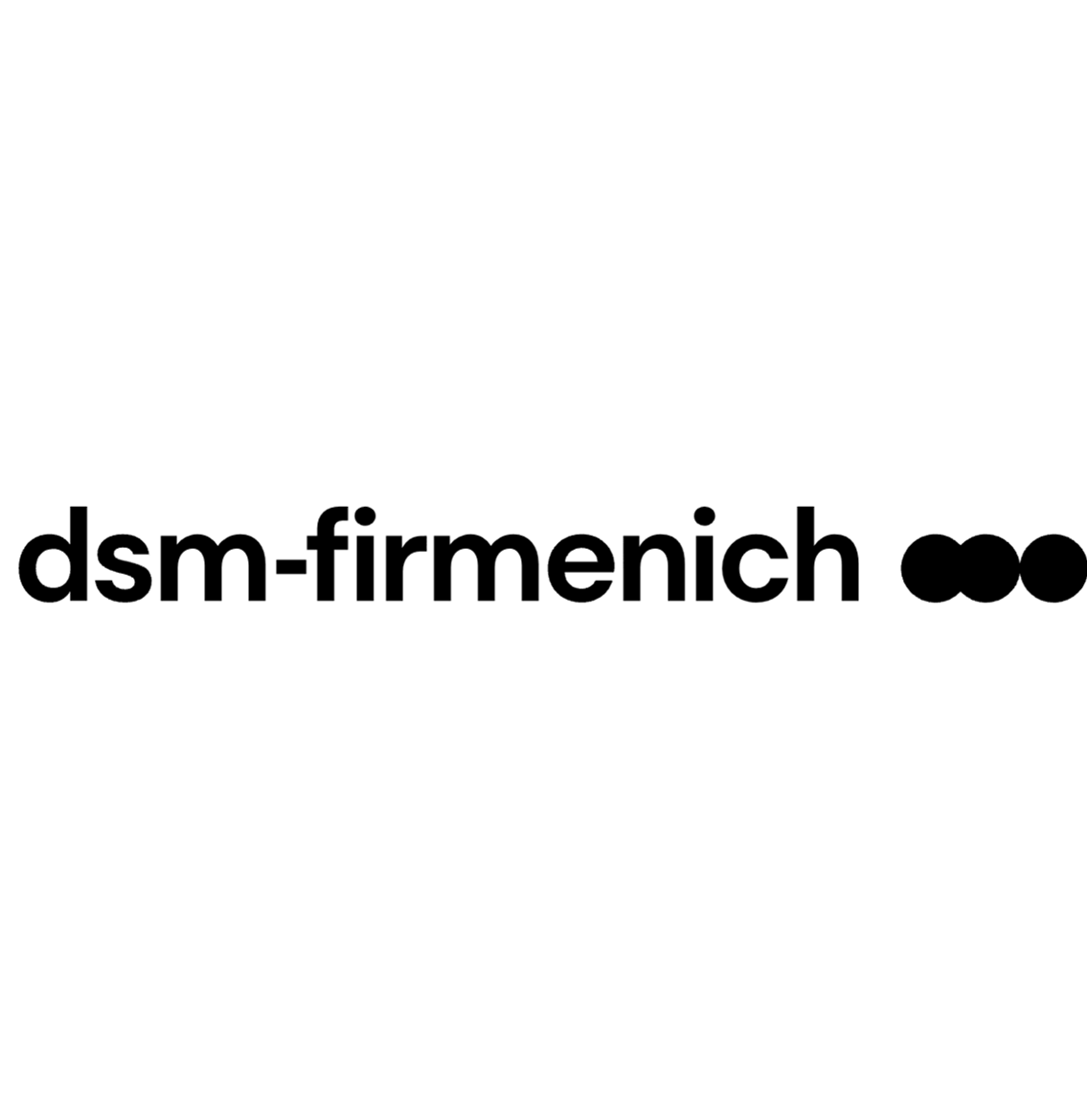Trimofix®
Synthétique
Woody > Ambery Woods > Cedar > Ambergris

Crédits photo: ScenTree SAS
Other names :
Cyclisone ; 1-(2,6,10-trimethyl-2,5,9-cyclododecatrien-1-yl) ethanone ; Fixamber ; Methyl-2,6,10-trimethylcyclododeca-2,5,9-trien-1-yl ketone ; Trimofix 0
Volatility :
Base
Uses in perfumery :
Trimofix® is used in woody notes and in male perfumes, to bring woody, ambery and dry power. It can be overdosed as it is sweeter than other woody-ambery materials.
Natural availability :
Trimofix® is not reported as found in nature, and can thus not be extracted from any plant.
Year of discovery :
1969
Other comments :
In the woody-ambery family, Trimofix® has a distinctive very dry note of sawdust, as Karanal® and Cedramber®.
Price Range :
€€€
Stability :
Stable in perfumes and various functionnal bases.

Crédits photo: ScenTree SAS
- Molecular formula :
- C17H26O
- Molecular Weight :
- 246,39 g/mol
- Density :
- 0,97
- Flash Point :
- >93°C
- Fusion Point :
- Donnée indisponible.
- Appearance :
- Colorless liquid
- Log P :
- Donnée indisponible,
- Boiling Point :
- Donnée indisponible.
- Detection Threshold :
- Donnée indisponible.
Synthesis route :
Synthesis of Trimofix® can be done starting from its corresponding trimethylcyclododecatriene, thanks to an acetylation reaction using acetic anhydride, in the presence of boron trifluoride diethyl ether.
Synthesis precursor :
Trimofix® is not a precursor for the synthesis of another material used in perfumery.
Isomerism :
Trimofix® has three double bonds. Their conformation does not matter for this compound. It is imposed during the synthesis and no isomer is favoured.
Trimofix® also is a constitutional isomer of Vertofix®, having a distinctive cedarwood smell.
- EINECS number :
- 248-995-2
- FEMA number :
- Donnée indisponible.
- JECFA number :
- Donnée indisponible.
- FLAVIS number :
- Donnée indisponible.
- Allergens :
- This ingredient does not contain any allergen.
- IFRA :
- This ingredient is restricted by IFRA
- Restriction type :
- RESTRICTION
- Cause of restriction :
- DERMAL SENSITIZATION AND SYSTEMIC TOXICITY
- Amendment :
- 49
- Quantitative limit on the use :
-
Cat.1 Cat.2 Cat.3 Cat.4 Cat.5A Cat.5B Cat.5C Cat.5D Cat.6 0,00016 % 0,13 % 0,4 % 2,4 % 0,6 % 0,52 % 0,6 % 0,17 % 0,00016 % Cat.7A Cat.7B Cat.8 Cat.9 Cat.10A Cat.10B Cat.11A Cat.11B Cat.12 0,87 % 0,87 % 0,17 % 2,2 % 2,2 % 4,4 % 0,17 % 0,17 % No Restriction - Restriction type :
- RESTRICTION QRA
- Cause of restriction :
- DERMAL SENSITIZATION
- Amendment :
- 48
- Quantitative usage limits :
-
Cat.1 Cat.2 Cat.3 Cat.4 Cat.5 Cat.6 Cat.7 Cat.8 Cat.9 Cat.10 Cat.11 0,16 % 0,2 % 0,83 % 2,49 % 1,31 % 3,99 % 0,42 % 2 % 5 % 2,5 % Not Restricted
To learn more about IFRA's standards : https://ifrafragrance.org/safe-use/library
ScenTree is solely responsible for the information provided here.

